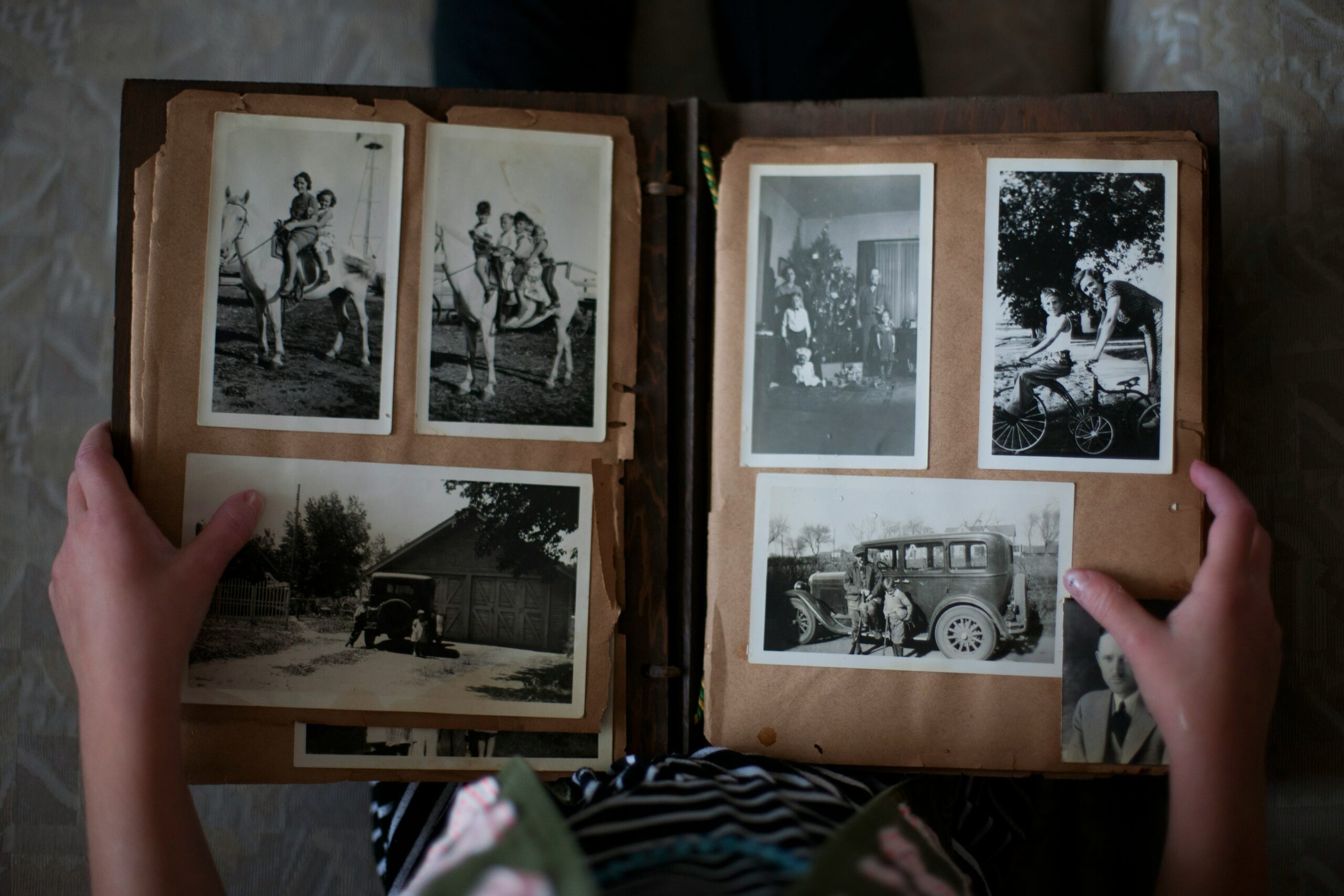Last Updated on February 15, 2022
 Everyone has a favorite line of dialogue from a beloved book or a movie. Maybe it's the line Harper Lee gave Atticus: “…it's a sin to kill a mockingbird.” Or Marlon Brando's “I coulda been a contender,” as the broken boxer in Budd Schulberg's On the Waterfront. Or Shug's “I think it pisses God off if you walk by the color purple in a field somewhere and don't notice it,” in Alice Walker's The Color Purple. Or maybe its Gared's memorable line from George R. R. Martin's Game of Thrones: “Nothing burns like the cold.”
Everyone has a favorite line of dialogue from a beloved book or a movie. Maybe it's the line Harper Lee gave Atticus: “…it's a sin to kill a mockingbird.” Or Marlon Brando's “I coulda been a contender,” as the broken boxer in Budd Schulberg's On the Waterfront. Or Shug's “I think it pisses God off if you walk by the color purple in a field somewhere and don't notice it,” in Alice Walker's The Color Purple. Or maybe its Gared's memorable line from George R. R. Martin's Game of Thrones: “Nothing burns like the cold.”
Why do we remember particular lines of dialogue? Why do we find ourselves repeating them to family and friends? What makes some dialogue memorable while some puts us to sleep, or worse, makes us howl in the night? Good dialogue sings, has rhythm and movement, and is as unforgettable as a catchy tune. With good dialogue a character's words come alive on the page and connect with us in a way that bad dialogue doesn't.
Good dialogue will keep that prospective literary agent turning the pages and the reader wanting more. But writing good dialogue is challenging. For some writers, like musicians who play music by ear, writing dialogue is a gift that flows naturally. But for most of us it's a learned skill that takes practice and hard work. Some are better at it than others, but writing it always requires a craft. And like every good craft, there are tools, techniques, and tips that will help make your dialogue pop on the page.
Here are 14 tips on how to write good dialogue:
- Listen to the way people talk. Carry a small notebook. Eavesdrop in the grocery store, the club, the bank, the gym, the bus or subway. Some of the best lines can be stolen this way. Mix it up; play with it. You can steal snatches of a line. You don't have to use everything you hear verbatim. See what works. Stay open. Maybe you overhear a doozy from a middle-aged woman at the gas station and decide to give that line to the old man in your book. Experiment.
- Read your dialogue aloud. Hear how it sounds. “Only then,” Steinbeck tells us, “will it have the sound of speech.” Good dialogue has a beat and a tempo, is lively, and flows. It's not fixed, stilted, or wooden. Eliminate stale, tired language and any unnecessary words.
- Use dialogue to reveal character. A good line can reveal something about the speaker's personality or another character's. Changing the rhythm or pattern of speech in dialogue can reveal a character's anger or joy or sadness, her weariness or energy. How a character says things can reveal a lot about what a character is feeling. Good dialogue is often oblique about revealing what is going on inside a character. Stephen King tells us in his book On Writing that good dialogue “gives your cast their voices, and is crucial in defining their characters —only what people do tells us more about what they're like, and talk is sneaky: what people say often conveys their character to others in ways of which they—the speakers —are completely unaware.”
- Instill conflict within the lines of dialogue. The best dialogue is when one character wants one thing and the other character, another. Sometimes a push/pull action occurs. Sometimes the characters circle each other with their dialogue, trying to figure out their next move—or word. Think wrestling match. The dialogue should propel the character(s) to action.
- Use dialogue to advance the story. Let something happen within the lines of dialogue, however minute, that moves the story forward.
- No “pass the butter” dialogue. Good dialogue is not everyday conversation. Avoid mundane talk. That's when we start falling asleep. If it's boring you, it's boring the reader. Edit it out. Richard Ford says of writing dialogue, “I try to make every line have the necessity of representing a human being. Every line has to have some kind of impact, even if it's a small scale or proportional impact.” (Conversations With Richard Ford, Michael Schumaacher, Richard Ford's Creative Sparks, Writer's Digest, May 1991.)
- Use dialogue to reveal information unknown to the characters. Good dialogue does not repeat what the reader already knows. For example: “The wind was howling, the temperature dropping to minus ten. Mae said, ‘The wind is so loud. It's freezing out. It's ten below.' ” Or, for example, if on page 62 of a manuscript a character witnesses a tree being blown over in a storm, you need not have him give a play-by-play account to another character on page 63. Don't repeat in dialogue what we just read in the narration.
- Use “he/she said” or “asked” for dialogue tags. When reading, we instinctually pass over the dialogue attribution, but we're stopped cold when we read strange combinations. For example: “You look ridiculous,” he snickered. Or “It's crazy,” she snorted. The words, “snort” and “crazy” can be used within the narrative, but not as dialogue tags. I love Elmore Leonard's take. “The line of dialogue belongs to the character; the verb is the writer sticking his nose in.”
- Let the line of dialogue do the heavy lifting. Good dialogue is powerful, strong. If you need an adverb with the speaker attribution, your line of dialogue is weak. Eliminate those “ly” words.
- Good dialogue is not for dumping a truckload of information. Dialogue should not be heavy with exposition. No lectures or sermons. It's not a “time out” in the story to feed the reader information. When you have to get necessary information across, have the characters talk to each other, dropping in a fact here and there without giving away everything at once. Make sure your character has motivation for delivering the news and that she doesn't sound as if she's reciting the encyclopedia. She has her own way of speaking and would present the information the same way she talks about everything else.
- Give each character her own distinct way of talking, her own rhythm, her own beats. No one should sound like anyone else. A character should be identifiable by how she talks, the way she says things. Her pattern of speech is as unique as her face.
- Good dialogue doesn't explain anything. Let readers figure it out as they read along. Don't let the character say she's tired, excited, or disappointed; show us through the dialogue, the rhythm of her language, or behavior while she's talking to someone.
- Avoid on-the-nose dialogue. Characters don't always say what they mean. Sometimes they don't know what they mean. Or they circumvent the topic, using conversation as a way to avoid or keep something hidden. One character may ask a question, and the other may answer the unasked one, the question the first character didn't want to ask. Sometimes what characters want is entirely different from what they say they want. The best dialogue has subtext, hovers beneath the surface.The brilliant playwright Harold Pinter said to a group of drama students in 1962, “Language… is a highly ambiguous business. So often, below the word spoken, is the thing known and unspoken. My characters tell me so much and no more, with reference to their experience, their aspirations, their motive, their history. Between my lack of biographical data about them and the ambiguity of what they say lies a territory which is not only worthy of exploration but which it is compulsory to explore. You and I, the characters which grow on a page, most of the time we're inexpressive, giving little away, unreliable, elusive, evasive, obstructive, unwilling. But it's out of these attributes that a language arises. A language, I repeat, where under what is said, another thing is being said.”
- Read good literature. Read, and read some more.Steven Pinker tells us what “the first prerequisite to good writing is. It is immersion in the world of edited prose…. Every great writer has spent an enormous amount of time consuming the prose of others…. Good reading is not simply consuming the prose, but rather lingering over examples of good writing, and trying to reverse engineer them. Ask yourself the question, why did I just enjoy that sentence? What was so good about it? How did the writer that I am now reading have that effect on me?”
Use these tips when writing your dialogue, and it will become more incisive and compelling.
- Should I Fictionalize My Memoir? - June 21, 2024
- Do I Need a Writing Coach? - July 13, 2023
- How to Improve and Inspire Your Writing: 7 Books That Will Pave the Way - April 25, 2022



